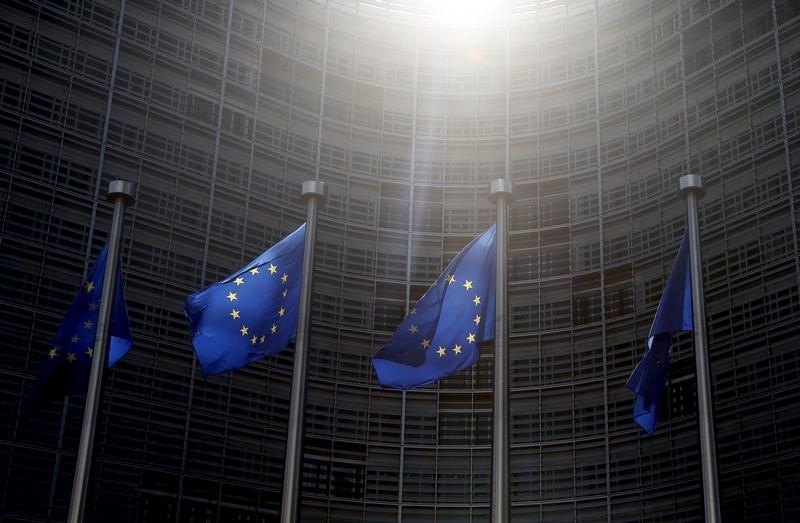Investing.com -- The euro is still struggling for direction early Tuesday in Europe amid reports that the U.S. administration is preparing to impose fresh tariffs on European Union in response to what it perceives as unfair subsidies to aerospace giant Airbus.
The news is an unwelcome reminder that the settling of one trade war with China may simply free the U.S. up to launch another with its other major trading partner and commercial rival, posing a fresh threat to a world economy that is slowing down.
At 04:00 AM ET (0800 GMT), the euro was at $1.1263, up 0.2% from late Monday in Europe.
The dollar index, which measures the greenback against a basket of six major currencies, was effectively unchanged at 96.572.
There seems to be little appetite for big bets a day ahead of a crucial EU summit to decide on U.K. Prime Minister Theresa May’s request for an extension to the deadline for Brexit. May is due to meet with German Chancellor Angela Merkel and French President Emmanuel Macron later today to press her case. However, her cross-party talks with opposition leader Jeremy Corbyn have failed to create a clear alternative path forward, something that the EU said is a precondition for granting an extension.
The pound was a touch higher against the euro and dollar on guarded optimism that the worst-case scenario will be avoided.
Wednesday will also see a meeting of the European Central Bank’s policy-making Governing Council, where markets will be looking for further hints of preparations for more monetary stimulus that could send the euro lower.
ECB President Mario Draghi has hinted that the bank may look at ‘tiering’ the penalty rate on banks’ excess reserves, a move that would help mitigate the effect of even lower negative rates on the profitability of the euro zone’s banking system. Few expect action in the near term, however, despite a clear slowdown in the economy in the first quarter.
Overnight, the rise in oil prices had continued to support commodity currencies such as the Canadian dollar and the Russian ruble. The Aussie and kiwi were also marginally stronger against the dollar.
